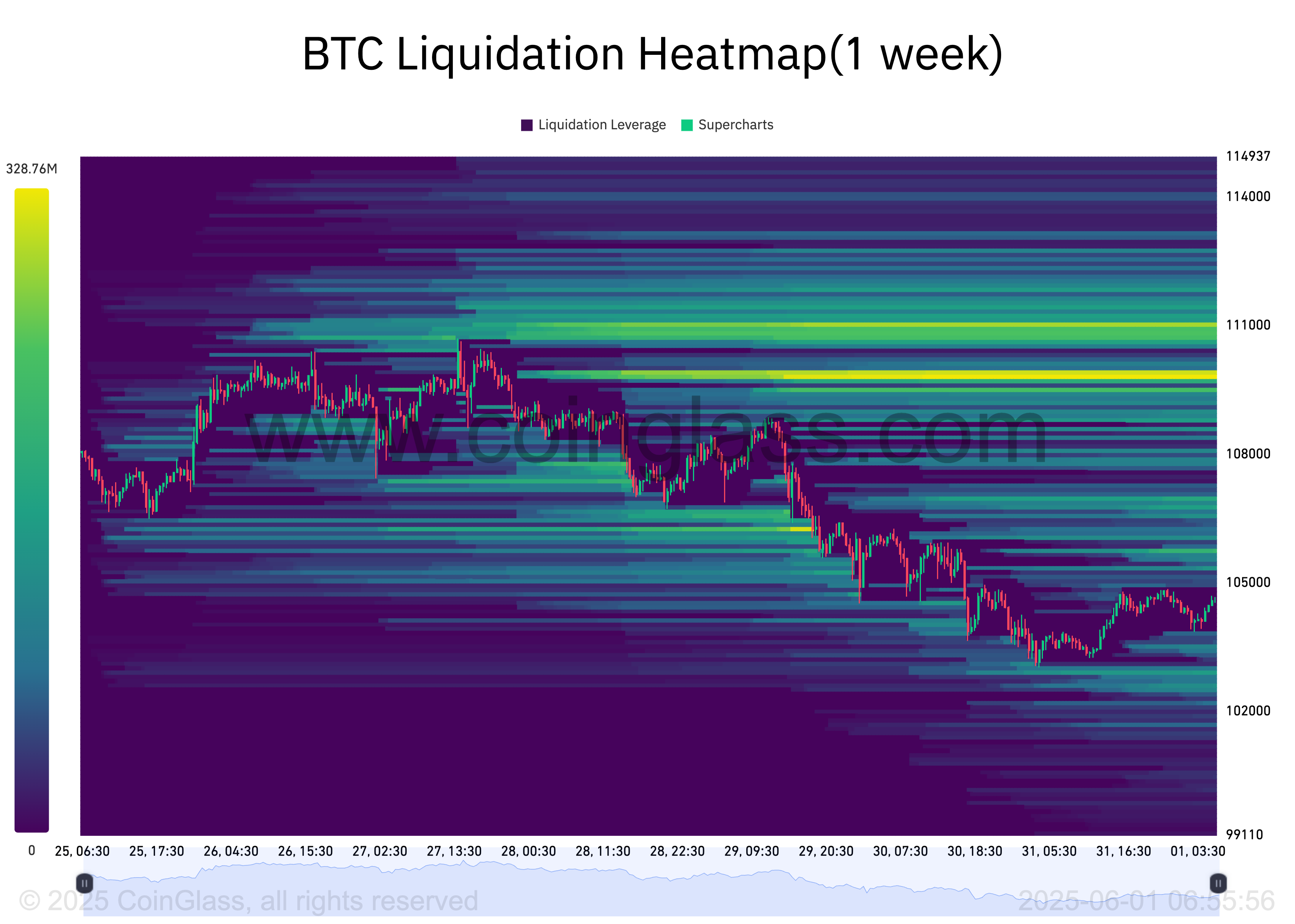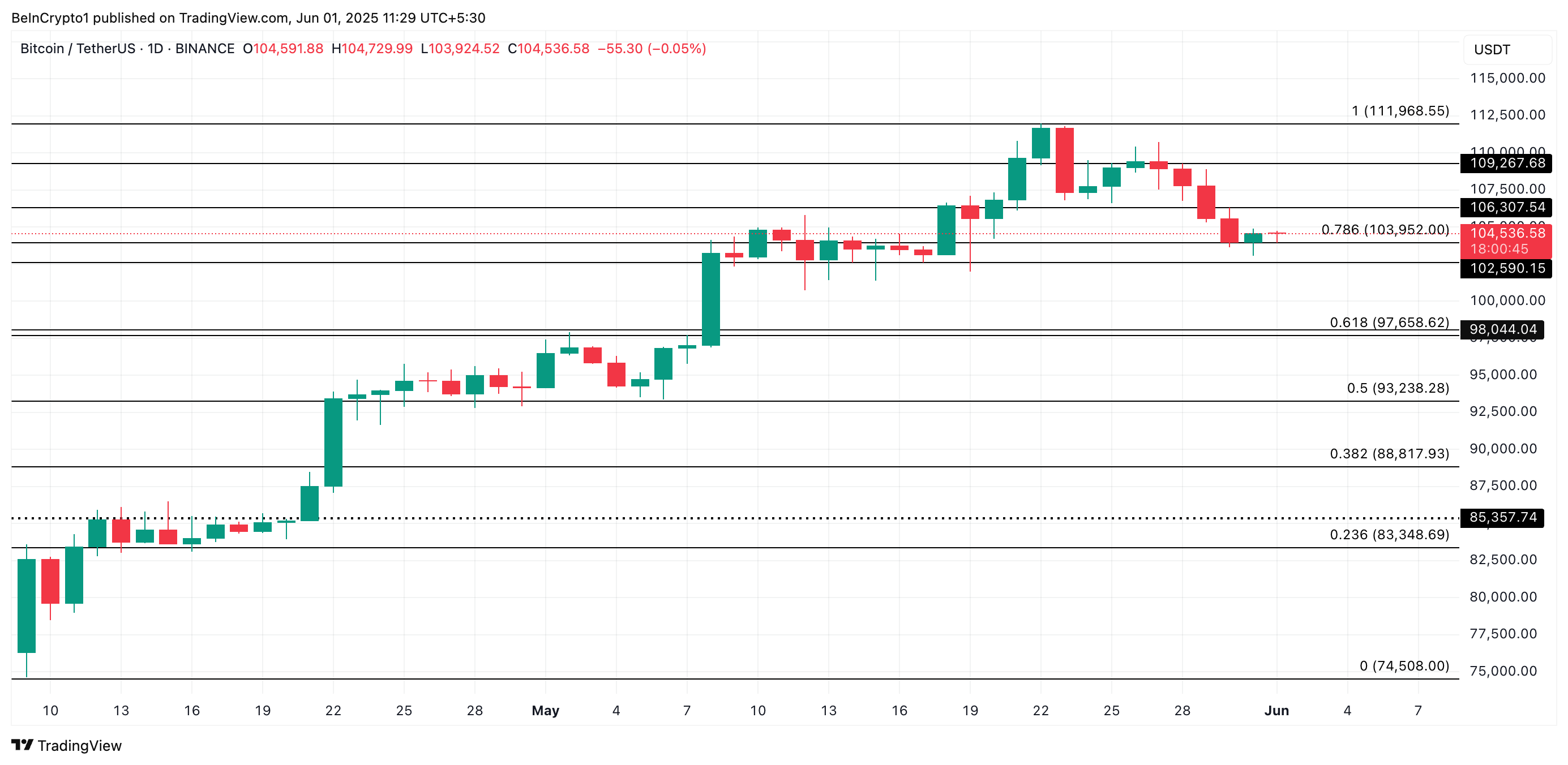
The post Pakistan to Launch Strategic Bitcoin Reserve: Will BTC Price Regain Bullish Momentum? appeared first on Coinpedia Fintech News
The Pakistan government is preparing to launch a strategic Bitcoin (BTC) reserve to ensure long term economic prosperity. The announcement was made at the Bitcoin 2025 Conference on Wednesday at the Venetian Convention Center in Las Vegas by Bilal Bin Saqib, the special assistant to the Pakistani prime minister on blockchain and cryptocurrency.
Saqib announced that Pakistan will establish a strategic Bitcoin reserve and never sell its BTC trove in future. Furthermore, Pakistan wants to follow in the footsteps of the United States, which intends to implement a strategic Bitcoin reserve to deal with the high debt burden.
“We are getting inspired by the U.S. government. We will be holding these Bitcoins and we will never, ever sell them,” Saqib stated.
What Next For Bitcoin Price Action?
Bitcoin price experienced a significant resistance level above $110k in the past few days, thus resulting in the ongoing market correction. The flagship coin dropped over 2 percent in the past 24 hours to trade about $107k on Wednesday, May 29, during the late North American trading session.
Bitcoin price has experienced relentless bearish pressure since last Friday, despite the notable accumulation by institutional investors. Furthermore, more institutional investors, led by GameStop, have joined Strategy in acquiring more BTCs as a hedge against inflation.
https://x.com/techcharts/status/1927791497090363555?s=46
According to market analyst, Aksel Kibar, Bitcoin price must clear the resistance hurdle around $109k, in the weekly timeframe, to invalidate a potential retrace towards $76k. Moreover, BTC price could be forming a potential double top coupled with bearish divergence of the weekly Relative Strength Index (RSI).








